Loktak Lake – Lives of the Fishermen Inhabiting the Phumdis
“Why do you travel?” – A question that has been thrown at me like a grenade uncountable times without me having an answer for it. If only I could express how it has healed my scarred soul in ways unknown of and the memories of my journey continue to make me a better person.
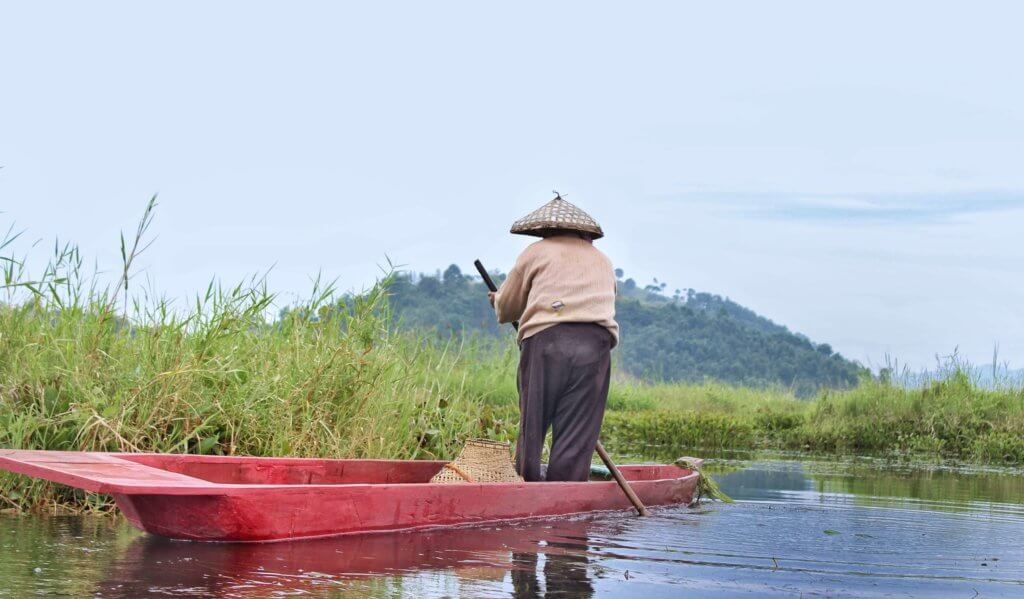
Fishermen on his wooden country boat on waters of Loktak Lake
Huge cauldron of thoughts dawned on me while soaking the unconventional beauty of Loktak Lake. The glassy water of the lake reflected the cobalt blue sky multiplying sheer bliss to my vision. The fishermen with their country boats rowed past my homestay greeting with a smile. Everything around convinced me of the right choice I made of travelling to faraway lands to uncover hidden jewels.
This blog is what you need to know more about Loktak Lake – Pin it to read later
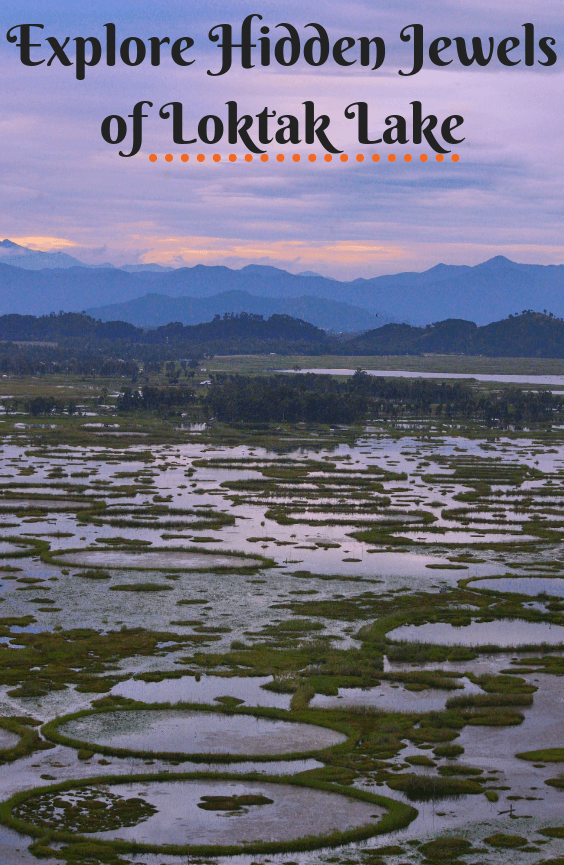
As I sat sipping my morning tea with the fishermen inside their humble hut (Phumsang) set on the floating biomass (Phumdis) somewhere in middle of Loktak Lake, I felt deeply humbled for everything. While my host Ashok Sampacha from Sangai Moonlight Camping was busy preparing breakfast for the guests, I observed how every fisherman has perfectly learnt the art of rowing the wobbly country boat and their livelihood completely dependent on fishing.
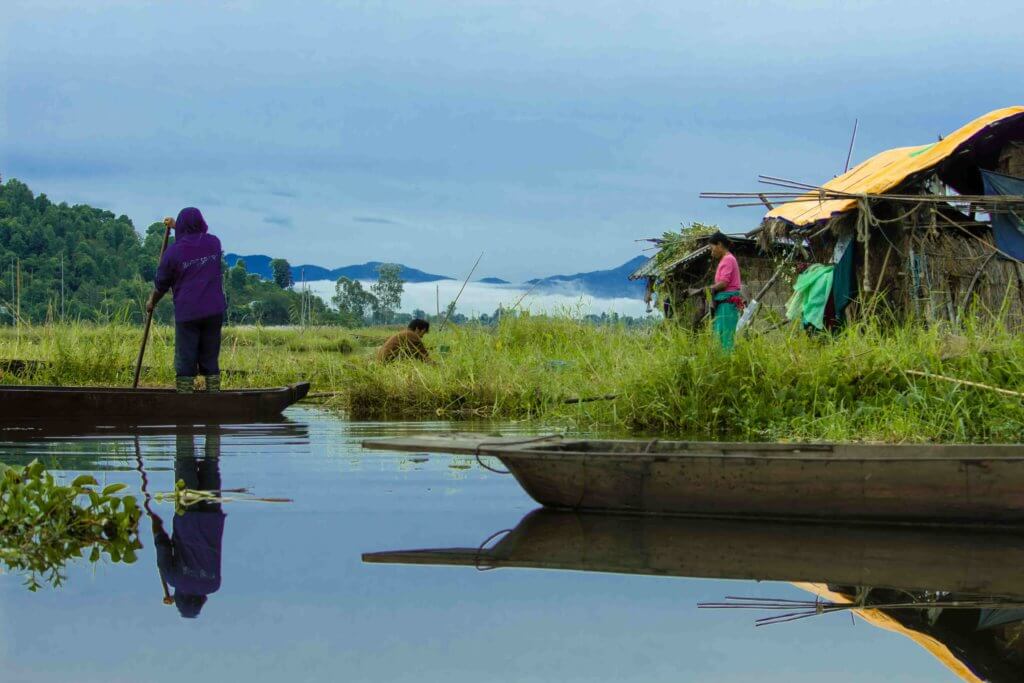
The fishermen stay on floating island called Phumdis, made of decomposed biomass
Table of Contents
Loktak Lake and its Unique Ecosystem
The kaleidoscopic surrounding of Loktak Lake embezzles your senses through its enchanting ecosystem and unique existence. The largest freshwater lake of North East India is home to hundreds of fishermen whose livelihood depends completely on the lake. Located in Bishnupur District of Manipur, nearly 45 km away from state capital Imphal, it is a parallel world distinct from the mundane cityscape. The lake has distinctive ecosystem with an archipelago of floating Islands created from floating biomass called Phumdis. The fishermen live on the Phumdis in their huts called Phumsang and use their country made wooden boats as transport vehicle across the lake.
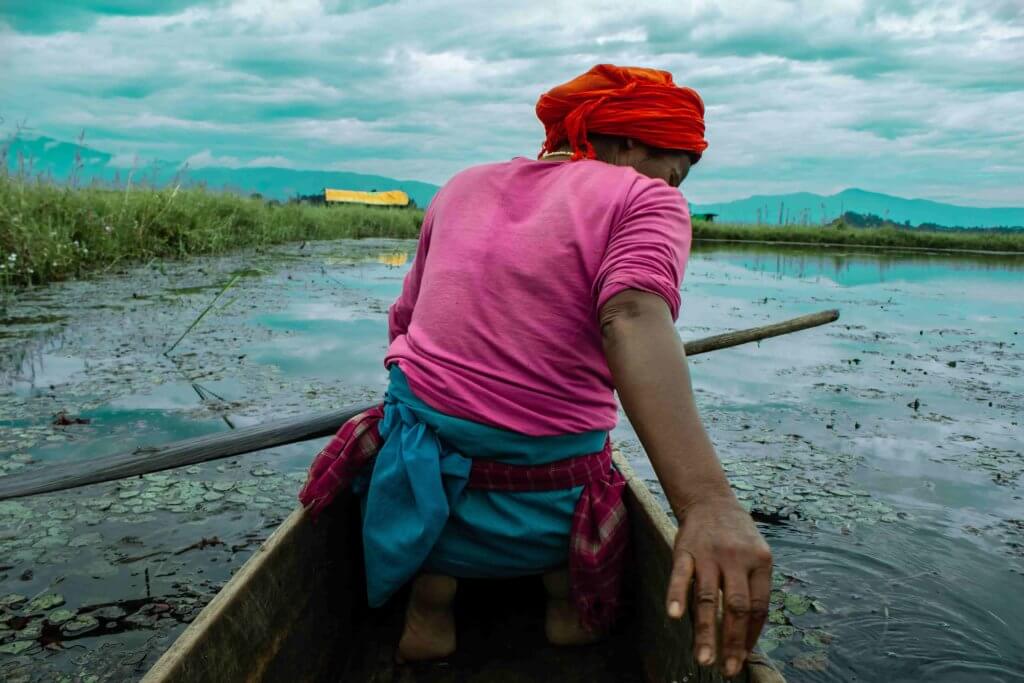
Life in and around Loktak Lake
Life in and around Loktak Lake
As the sun starts to paint the sky in deep orange with the cloud clearing to light up the dawn, the fishermen gently start rowing their wooden boats across the lake for their first catch of the day. Mornings on Loktak Lake is not the usual ones, how often do you find yourself comfortably tucked in a homestay on a floating Island, sharing a glimpse of life with the fishermen? The mundane lifestyle is a sheer luxury to experience for city dwellers. With not much occupational options around the place, the lake is the sole livelihood for many people dwelling around the area. This Loktak Lake blog will give you a bigger and brighter picture of Life around the freshwater lake.
To know how to reach Loktak Lake by Public Transport, read this guide.
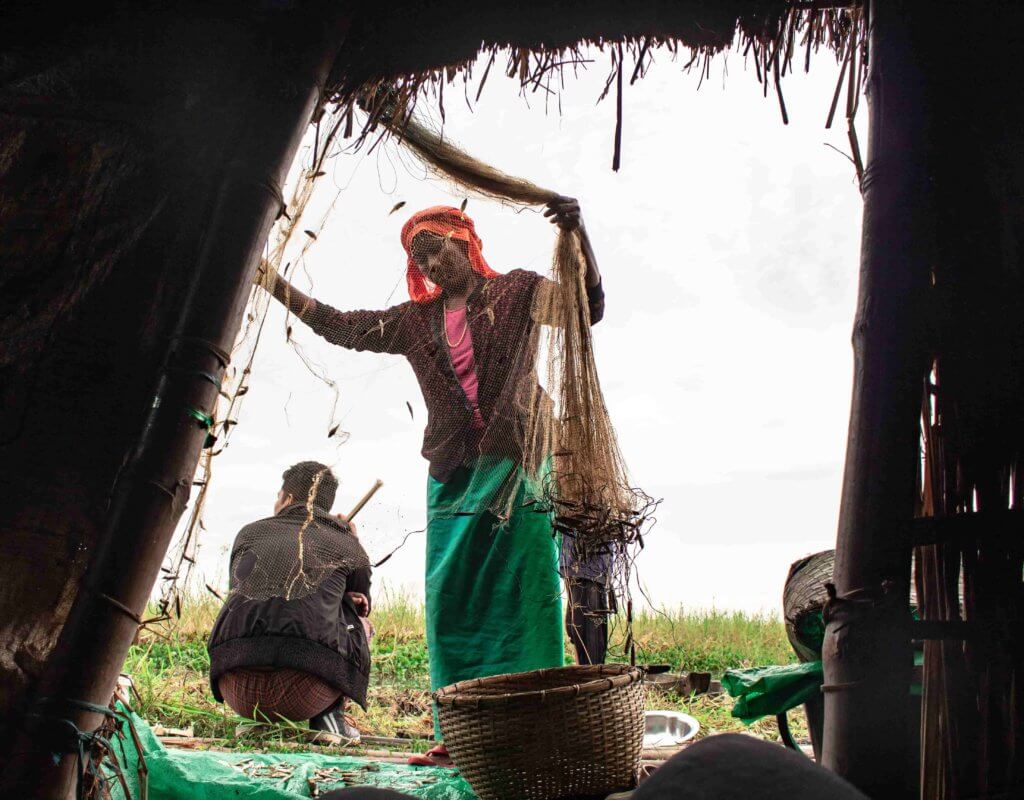
Fishing is the main livelihood of the people inhabiting the Phumdis
Fishing – Major Occupation and Livelihood
Life in and around the Loktak Lake for the fishermen is mostly eventful every day. The freshwater lake is the lifeline for the people and fishermen inhabiting on and around the lake. During the peak season in the month of June, July and August, fishing goes wildly rampant. Overfishing at times is a pandemic hindrance to the ecosystem. Most of the fishermen living on the Phumdis barely sleep during the peak fishing season and sell their catch daily in the market. During the low fishing seasons, most of the fishermen go on a fishing spree once or twice a day. The fishermen community of Loktak Lake believes in unity and harmony and some have their specific area of fishing.
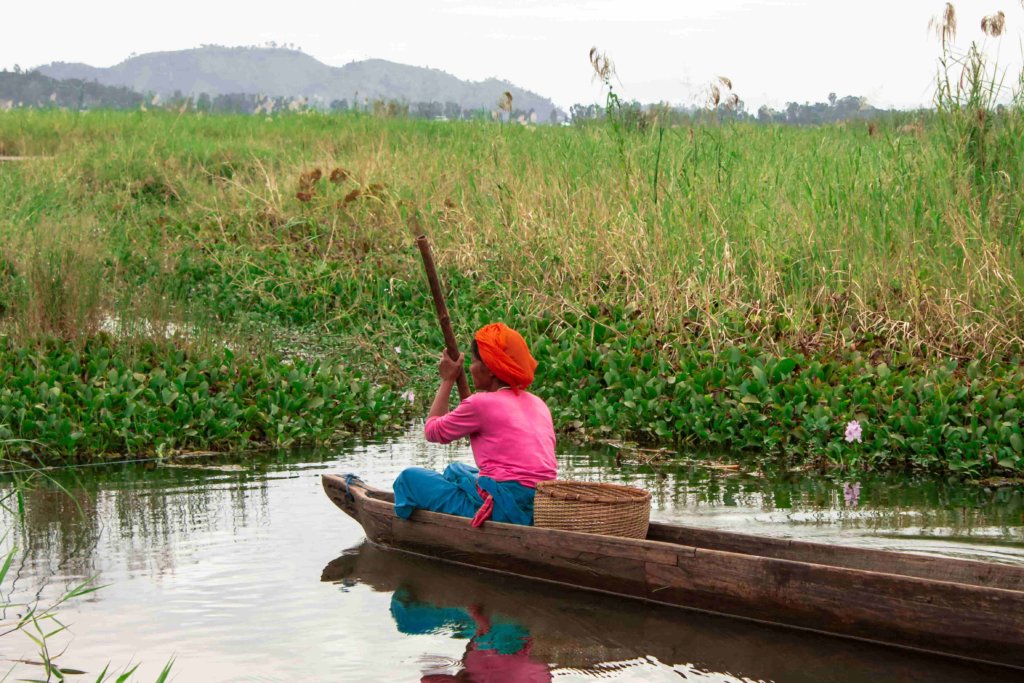
As she goes rowing to find fish for the afternoon meal
Food – Straight from lake into cooking pots
The people living on the Phumdis have their very own aquatic kitchen garden. It is not only the fish but a lot of aquatic plants, fruits, stem etc. consumed. One of the most fascinating things is to see the fishermen row their boats, collect food for meals and use them instantly or for later meals of the day. I even accompanied one of the host fisherwomen in her boat to collect Heikak (Water chestnut), which can be consumed raw or boiled.
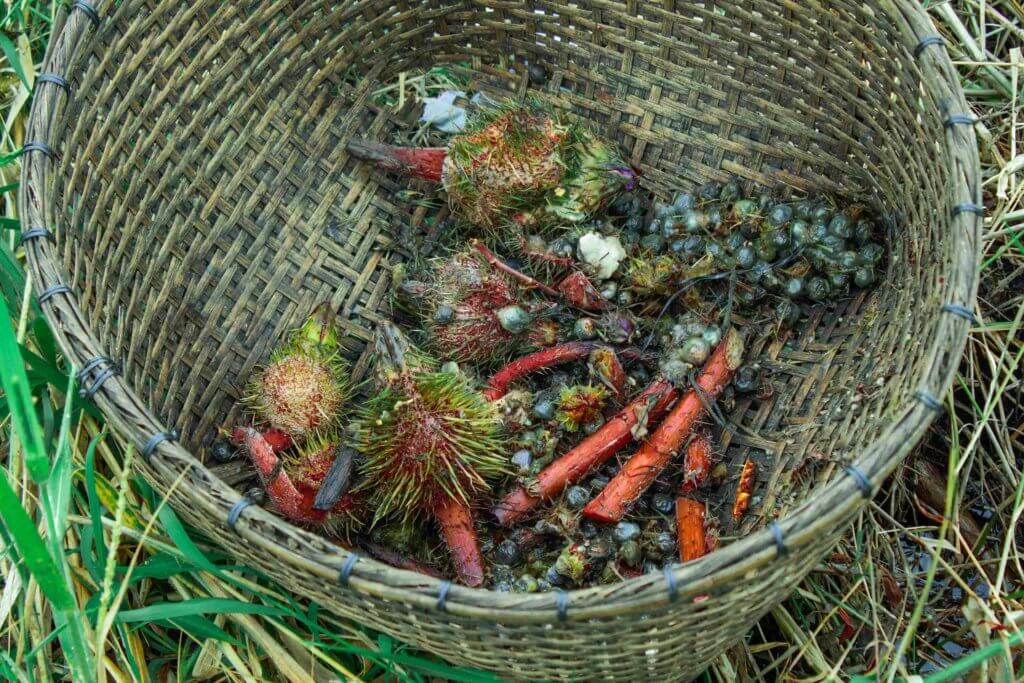
Some aquatic produce for lunch – The spiny thing is called Thangjing
Generally for the regular meals, fishes in smaller quantity are caught fresh from the lake and on to your plate after cooking. Eromba is a Manipuri ethnic delicacy that can be prepared using a lot of different things but keeping smashed potato, king chili and fermented fish common. The Eromba can be prepared using Yendem, Yena, Bamboo shoot and Thangjing. Thangjing is known as Prickly water lily where the seeds can be consumed as vegetable and prepare a dish called Morok Metpa, a delicious chutney. There are a number of aquatic stem, shoots and leaves that are consumed and sold in the market for preparing ethnic dishes.
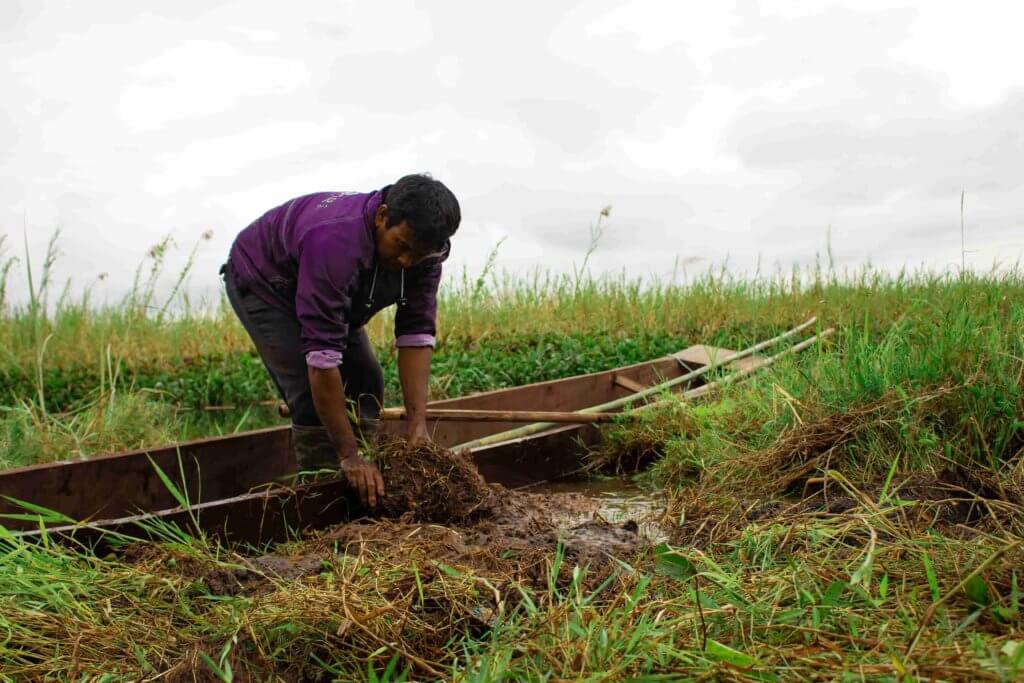
The raw engineering work to strengthen the Phumdis
Making homes on the Phumdis
As much as it looks fascinating, building even a humble hut on the floating decomposed biomass is a work of raw engineering. The phumdis are strengthened and thickened in mass to reduce the sogginess . Time and again, new phumdis are added on top of the old ones to increase the thickness of the inhabiting Phumdi and to expand the outside space. The biomass is cut manually and spread on top of the existing one. Apart from that, every year old and large biomass is pushed underneath the inhabiting Phumdi to keep the base and foundation strong. Bamboos and logs are places around the Phumdi to walk around. The huts are built on bamboo base to keep it solid and stiff.
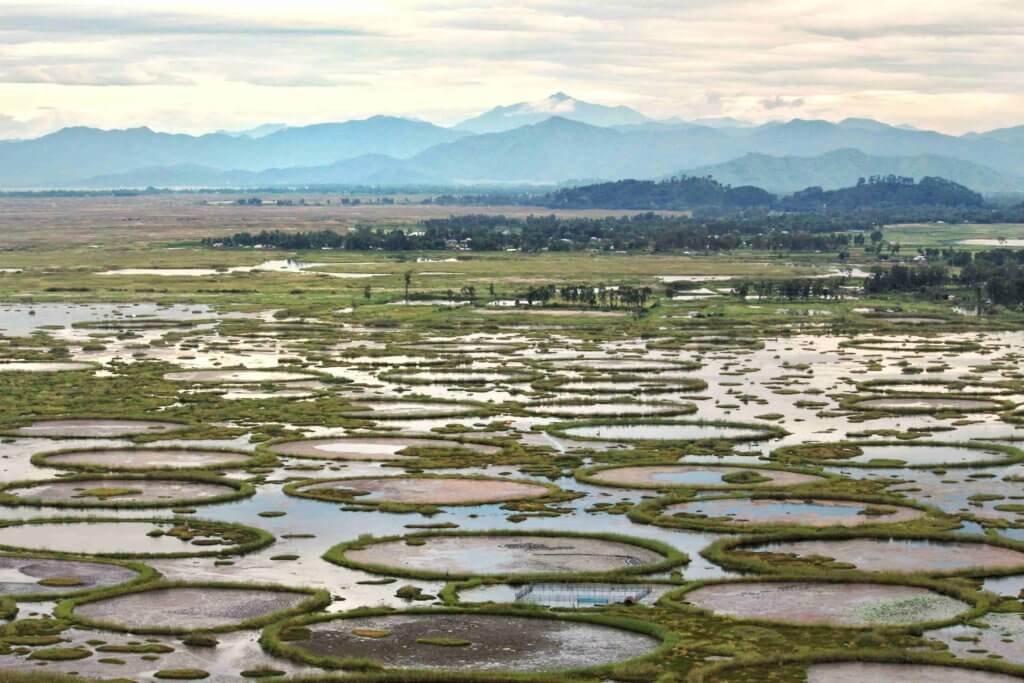
The circles as seen from the vantage point are Athaphum – Fishing Coves
Phumnamba – Celebration of community brotherhood
As you stand on the vantage point with a view of the lake atop a hill, you will notice number of circular Phumdis spread across the lake adjacent to tiny huts. Well, this is not something formed naturally but result of sheer manual hard work. Most of the fishermen families, who inhabit on the Phumdis, with help of others cut the biomass linearly, join them and prepare the circles, known as Athaphum.
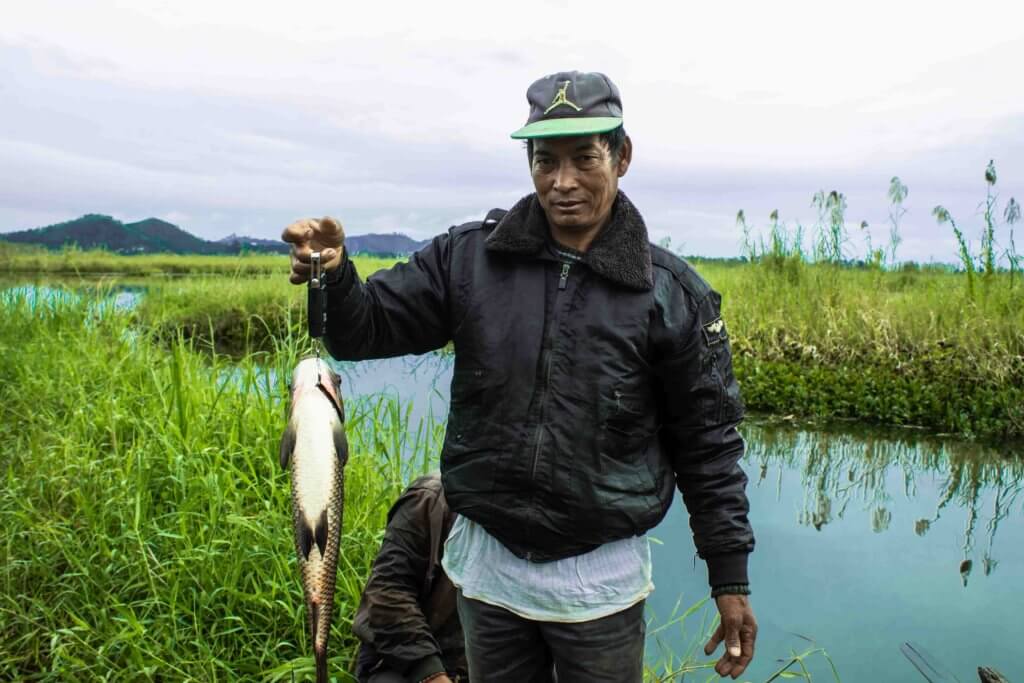
Happy after his catch for the day
The circular Phumdis are used as fishing coves through two techniques. In the first, fishing nets are used inside to restrict the fish movement within that particular area and smaller fishes are put inside and allowed to grow. In the second technique, fish feed (appears pink in color from view point) is put inside the Athaphum regularly for 3 to 4 months to attract more fishes concentrated to that area. After 3 to 4 months on a fixed date, the owner of the Athaphum with help of other fishermen families catches all the fishes within the circles, a program called Phumnamba. It is an interesting community celebration cherishing the joy and unity held through intangible brotherhood. After the fishing is over, the host family organizes a nice meal for all the fellow fishermen as a gratitude for all the help.
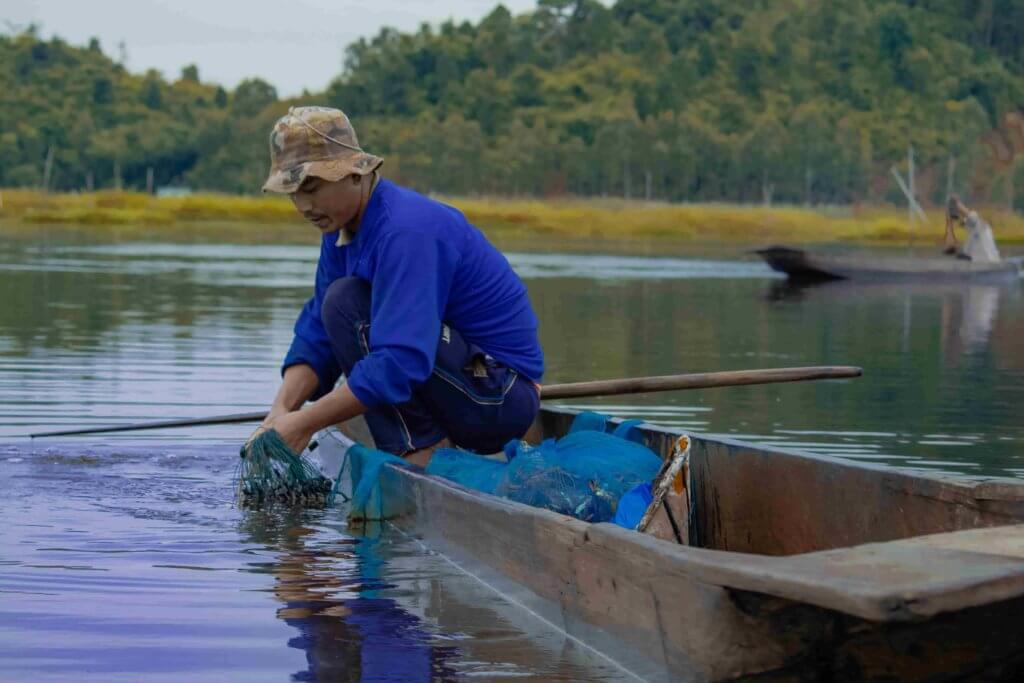
After a lot of hard-work and fishing, they sell the raw and processed fish
Selling their catch at Keibul and nearby market
During the high fishing season, the fishermen try to sell their catch in the market in different ways. The local markets near Moirang and Keibul are the major places of selling the goods directly. The fishes caught are sold in the market as fresh fish, fermented fish, dry fish etc. The fishes are processed in different ways by the fishermen or sold to third party for selling across the state. Fishing is the major source of livelihood and income for the people living on the Phumdis, with a lot of ethnic cuisines and meals prepared using fishes in different ways.
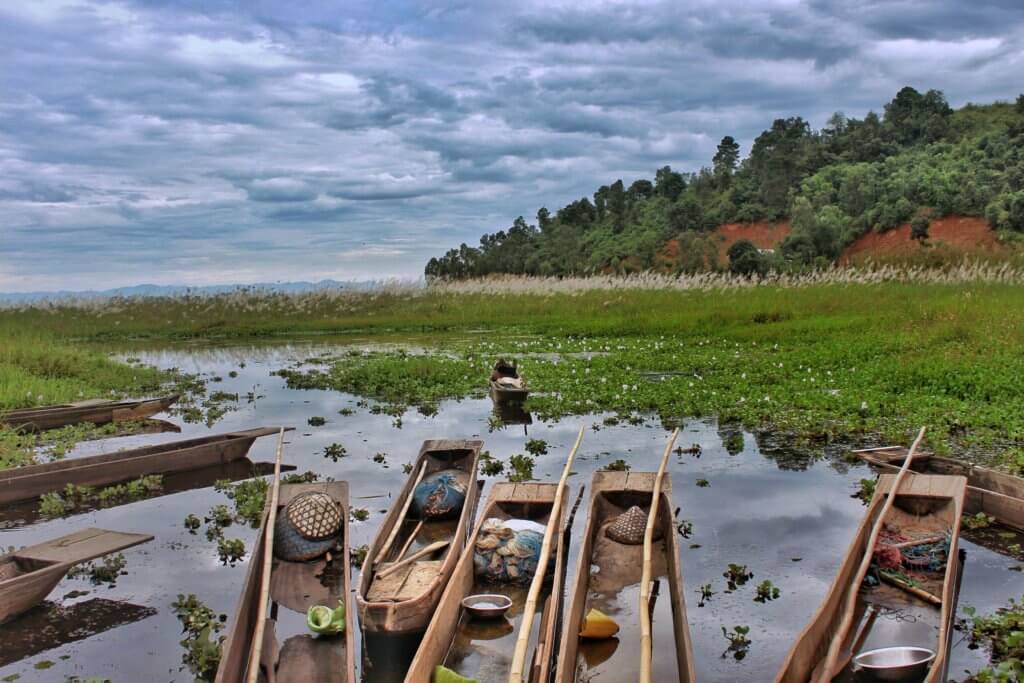
And this view from the pick up point for the homestay
The raw glimpses of life on Loktak Lake and insight into the daily routine of the fishermen inhabiting the Phumdis would not be possible without Sangai Moonlight Camping. Away from the touristic areas, Loktak Aquamarine is the first floating homestay in India, where you can stay and experience the pristine side of the intriguing eco-system.
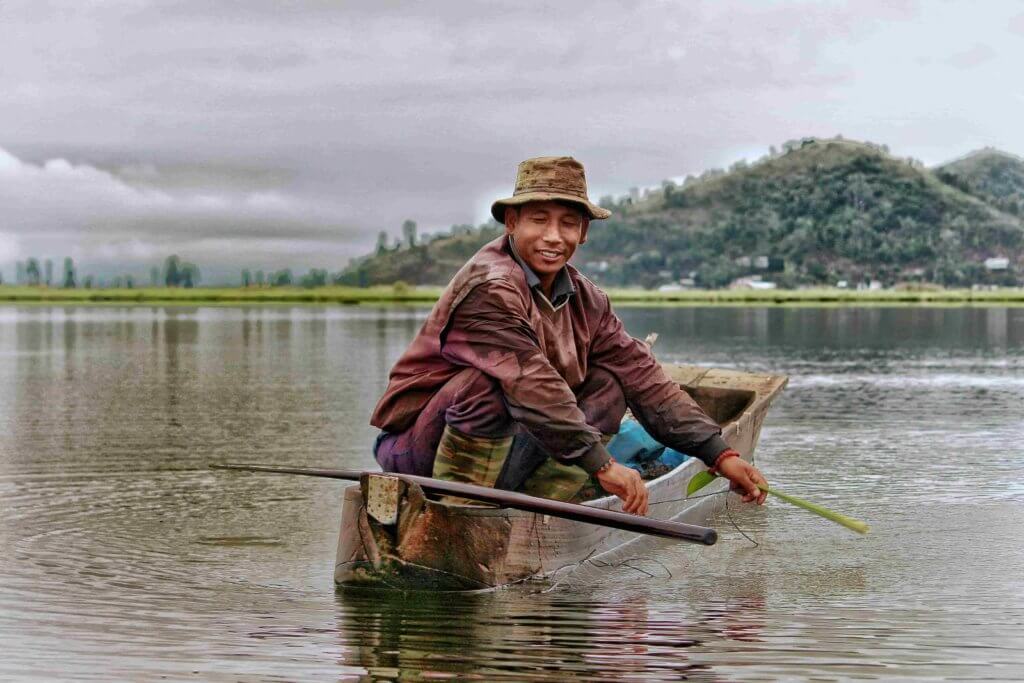
All smiles posing for the picture
Disclaimer: My stay was hosted by Sangai Moonlight Camping at their homestay Loktak Aquamarine. I absolutely cherished my time knowing more about the place and lifestyle of the fishermen.
This is the first blog on my experience in Manipur with Sangai Moonlight Camping. They organize experiential tours and trips across Manipur. In my next blog, I will tell you why choosing them is the best way to experience the lesser known jewels of Manipur and Loktak Lake.
Pin the posts
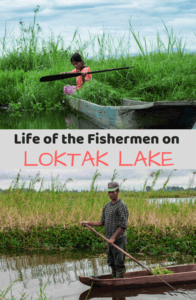
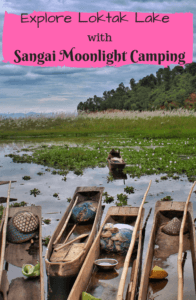

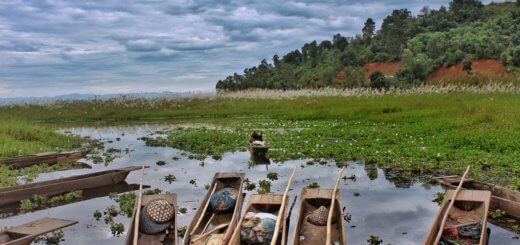

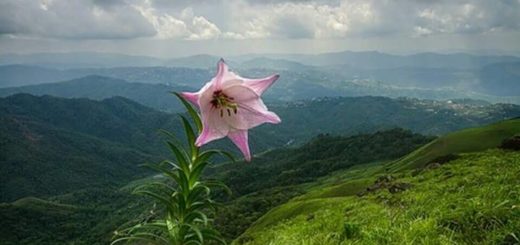
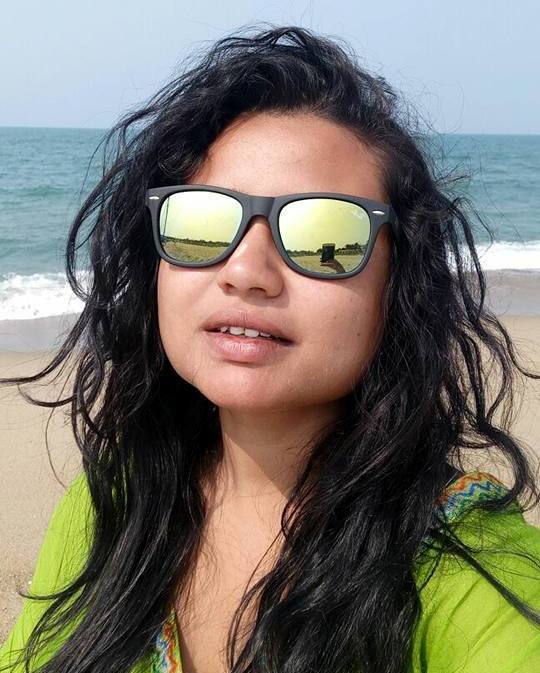
Loktak lake looks quite unusual. I’m sure it must have been an experience to witness its beauty. Looks quite non-touristic, too.
Loktak Lake is an experience to be felt and lived through. It is yet to be massively touristic and that is what makes it mesmerizing. Its a beautiful place with lovely people inhabiting the area in and around the lake. Do plan a trip, you will love it 🙂